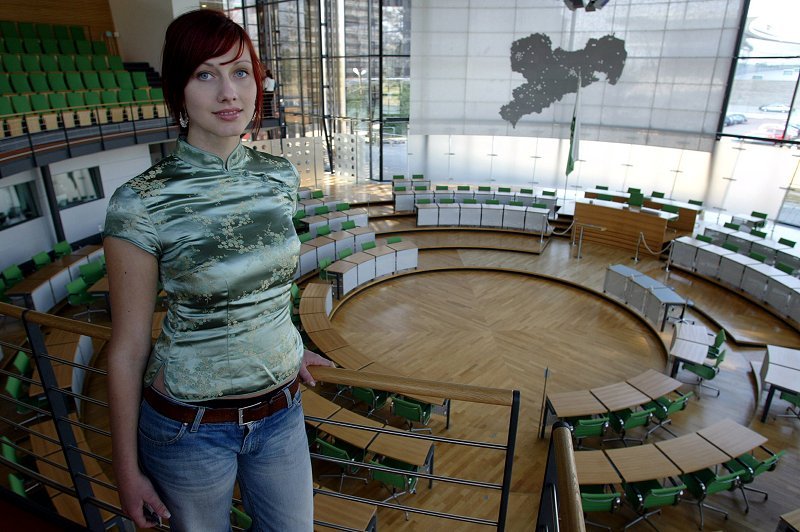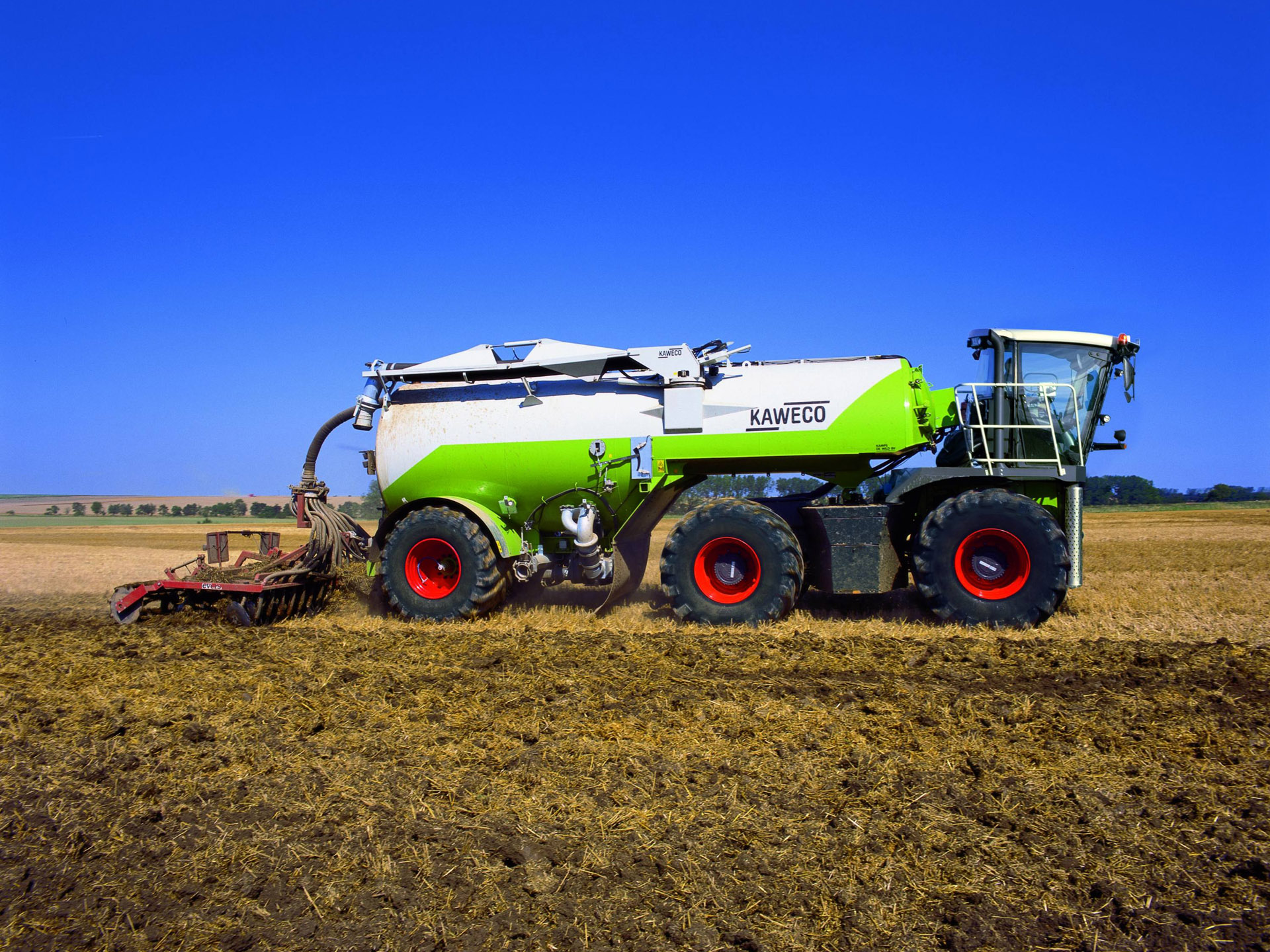You are using an out of date browser. It may not display this or other websites correctly.
You should upgrade or use an alternative browser.
You should upgrade or use an alternative browser.
C
colzilla
Come to think of it know I may have got something in the mail about postal vote. I just threw it in the bin along with their other junk. They even rang me with an automated message from Barney Rubble aka our lord and master.
...well, looks like Col & his mates have secured a second term. Congrats to him & his team.
As for me, I learnt a few things but, overall, standing as a candidate was a humbling experience and I thank those voters who voted for me. Will I do this again....never say never!!!.....lol.....
Good on you, Fudd, that you took your chances. Unfortunately your potential voters have no idea what they missed out on
Guess the overall WA results could be interpreted as another nail in the coffin for federal labour.......SIGH........big ears is coming is coming closer.......... :nono:
R.xxxxxxxx
F
Farm Boy
Good on you, Fudd, that you took your chances. Unfortunately your potential voters have no idea what they missed out on........but Rome wasn't built in one day so I really hope you are not discouraged. I really believe that people like you could make a difference....lol and people like me......that's why I am not allowed to vote
Guess the overall WA results could be interpreted as another nail in the coffin for federal labour.......SIGH........big ears is coming is coming closer.......... :nono:
R.xxxxxxxx

And in time he too will pass the baton.
Last edited by a moderator:
D
Driver Harry
No way not the leader of the free world (link)
Do as I say not as I do. terrorism, terrorism, terrorism...
Q: U.S. speak with forked tongue..... Does that mean folks tell lies?
A: Yes. To be more specific, it means saying one thing while meaning another. The fork in the tongue represents the discrepancy between what is said and what is meant.

:nono:
Do as I say not as I do. terrorism, terrorism, terrorism...

Q: U.S. speak with forked tongue..... Does that mean folks tell lies?
A: Yes. To be more specific, it means saying one thing while meaning another. The fork in the tongue represents the discrepancy between what is said and what is meant.

:nono:
Last edited by a moderator:
C
Contrarian
I suspect this interventionist policy has been in use since the times of Kennedy. And given the realities of the world, many governments know it but let it go as long as there's no abuse - that doesn't make it right but they're the elected officials. I don't know if it's terrorism so much as espionage.
Anyone who seriously believes that none of our neighbours have spies here and vice versa is kidding themselves. The world over, before the sophisticated advent of spy satellites, commercial passenger planes have been known to "accidentally stray" off their flight paths over sensitive military areas and suspected of taking photographs. Governments gambled that no one would shoot down a commercial jet with innocent passengers on board.
The theories about KAL 007 abound. As do theories of Harold Holt and Gough Whitlam and Rupert Murdoch and the CIA.
Anyone who seriously believes that none of our neighbours have spies here and vice versa is kidding themselves. The world over, before the sophisticated advent of spy satellites, commercial passenger planes have been known to "accidentally stray" off their flight paths over sensitive military areas and suspected of taking photographs. Governments gambled that no one would shoot down a commercial jet with innocent passengers on board.
The theories about KAL 007 abound. As do theories of Harold Holt and Gough Whitlam and Rupert Murdoch and the CIA.
D
Driver Harry
http://www.watoday.com.au/world/germany-is-now-the-bordello-of-europe-20140114-hv8by.html

Saw this on watoday.com.au a couple weeks ago and just had to admire the Germans on their ability to engineer any situation, cars, bratworst, rye bread and muli level brothels!!!!

BTW that's not my photo on the wall in the TS level as best customer of the month

Saw this on watoday.com.au a couple weeks ago and just had to admire the Germans on their ability to engineer any situation, cars, bratworst, rye bread and muli level brothels!!!!

BTW that's not my photo on the wall in the TS level as best customer of the month
Farm Boy 2
Legend Member
Yes some of there stuff is excellent
Kraut Poly Ms Bonk

multi purpose tractor

Kraut Poly Ms Bonk

multi purpose tractor

Last edited by a moderator:
Nice.......
W
Wayne Kerr
The Germans are very industrious.
please elaborate .The Germans are very industrious.
W
Wayne Kerr
The Germans are a nation of hard working and conscientious people, have done a lot for the world. Whether it be motor cars or brothels.
I bet their trains run on time.
I bet their trains run on time.
W
Wayne Kerr
I'm a practitioner of teetotalism. But I've no doubt that the German liquor is amongst the worlds finest.
Are you a connoisseur?
Are you a connoisseur?
Farm Boy 2
Legend Member

The MG 42 (shortened from German: Maschinengewehr 42, or "machine gun 42") was a 7.92×57mm Mauser general purpose machine gun that was developed in Nazi Germany and entered service with the Wehrmacht in 1942. It supplemented, and, in some instances, replaced the MG 34 general-purpose machine gun in all branches of the German Armed Forces, though both weapons were manufactured and used until the end of the war.[2]
The MG 42 has a proven record of reliability, durability, simplicity, and ease of operation, but is most notable for its ability to produce a high volume of suppressive fire. The MG 42 had one of the highest average rates of fire of any single-barreled man-portable machine gun: between 1,200 and 1,500 rpm, which results in a distinctive muzzle report. There were other automatic weapon designs with similar firepower, such as the French Darne, the Hungarian-Gebauer single-barreled tank MGs, the Russian 7.62mm ShKAS aircraft gun and the British Vickers K machine gun. However, the MG 42's belt-feed and quick-change barrel system allowed for more prolonged firing in comparison to these weapons.
The MG 42's lineage continued past Nazi Germany's defeat, forming the basis for the nearly identical MG1 (MG 42/59), and subsequently evolving into the MG1A3, which was in turn followed by the MG 3. It also spawned the Swiss MG 51, SIG MG 710-3, Austrian MG 74, and the Spanish 5.56mm Ameli light machine gun, and lent many design elements to the American M60 and Belgian MAG. The MG 42 was adopted by a number of armed organizations after the war, and was both copied and built under licence.
Last edited by a moderator:
W
Wayne Kerr
I've never fired a gun... am I missing much?
Would the German gun (Like above) be a good place to start?
Would the German gun (Like above) be a good place to start?
Farm Boy 2
Legend Member
Well when you have Fired a MG42 for half an hour or so and not killed anybody you must have Missed the lotI've never fired a gun... am I missing much?
Would the German gun (Like above) be a good place to start?
W
Wayne Kerr
I was talking to a (What seemed) a nice senior citizen the other day and the conversation veered towards Australian politics PK's name was mentioned he went bright red with rage... "Give me a f'n gun" is what he said.
Farm Boy 2
Legend Member
One of these?
FN FAL assault rifle (Belgium)

FN FAL assault rifle (Belgium)

Last edited by a moderator:
Part of the truce after WW1 was that German companies couldn't manufacture things that could be used in war. At that time, BMW's main product was airplanes. The BMW logo is an airplane propeller against a blue sky. So, BMW decided to try its luck with cars. But they kept their logo.
W
Wayne Kerr
He wasn't specific... Says he worked for the Americans in Vietnam.
Langtrees VIP Perth 3
Diamond Member
I would love to spend some time in Germany as I am a history buff. Second world war is something many of us need reminded about sometime.
Farm Boy 2
Legend Member
Part of the truce after WW1 was that German companies couldn't manufacture things that could be used in war. At that time, BMW's main product was airplanes. The BMW logo is an airplane propeller against a blue sky. So, BMW decided to try its luck with cars. But they kept their logo.
And then there was this
The BMW 801
OMG Harry, I can't believe you started that thread......love it and don't know where to start..........Farmboy 2 the best ever built MG is certainly the Kalashnikov.......unbeatable.........even the Germans have to admit it.
Very true.......the trains run on time......like one minute late would most likely cause a revolution if the Germans wouldn't be so reserved. (The French would start one but in saying that no train is expected to be on time in France).
Oh yes, they have done a lot for the world but not everything was necessarily good for the world.
And finally.....the biggest problem with Germans..........the lack of humour.
Thanks SAO26.2 I didn't know that.........might have to call you "google2"
The Germans are a nation of hard working and conscientious people, have done a lot for the world. Whether it be motor cars or brothels.
I bet their trains run on time.
Very true.......the trains run on time......like one minute late would most likely cause a revolution if the Germans wouldn't be so reserved. (The French would start one but in saying that no train is expected to be on time in France).
Oh yes, they have done a lot for the world but not everything was necessarily good for the world.
And finally.....the biggest problem with Germans..........the lack of humour.
Thanks SAO26.2 I didn't know that.........might have to call you "google2"
Farm Boy 2
Legend Member
The AK 47kalashnikov is a assault rifle The MG 42 is a light Machine Gun two different things Rochelle .
Farm Boy 2
Legend Member
Anyway if we can put weapons away what has Ms Bonk saying on her chest ?I assume its not Nice tits
Farm Boy 2
Legend Member
Anyway if we can put weapons away what is Ms Bonk saying on her chest ?I assume its not Nice tits

W
Wayne Kerr
Ms Bonk sure has that look about her...
The AK 47kalashnikov is a assault rifle The MG 42 is a light Machine Gun two different things Rochelle .
True, but as far as I know the Kalashnikov has outlived every other gun ever built.........something you would expect.........however let's put the guns away and talk about Ms Bonk.........
Anyway if we can put weapons away what has Ms Bonk saying on her chest ?I assume its not Nice tits
.............no Ms Bonk is saying on her chest........"live is better without NAZIS"...........very true indeed........

